In Canada, there is an estimated 11.7 million people living with diabetes or pre-diabetes and the numbers continue to increase each year [1]. While genetic factors definitely play a role in the development of both type 1 and type 2 diabetes (T2DM), T2DM is lifestyle related and develops over time, while those with type 1 are born with the condition and diagnosed at a very early age.
Uncontrolled T2DM can affect multiple bodily systems; it can increase risk for development of vision loss, kidney failure, cardiovascular disease, and stroke [1]. Many individuals in our society seem to have progressed to a sedentary lifestyle, even children are no longer playing outside as they once used to. The combination of poor dietary choices, lack of physical activity, and stress on mental health are a few of the main reasons underlying the increase in incidence of this condition.
Insulin was one of the greatest medical discoveries known to man. It changed the lives of those living with type 1 diabetes and gave children a chance to live into adulthood. However, the use of insulin is beginning to increase in those with type 2 diabetes as their condition becomes uncontrollable and unresponsive to other oral hypoglycemic drugs. Although the presence of certain genes may result in an increased risk of development, it is important to understand that T2DM is a preventable disease and that its surge in society correlates with a surge in obesity, smoking, and sedentary lifestyles.
In T2DM, the cells of the body stop responding as efficiently to insulin and insulin resistance ensues [2]. Insulin is a hormone made by the pancreas that allows our bodies to use sugar from carbohydrates for energy or for storage to be used in the future. With insulin resistance, the level of insulin production is increased, before the pancreas tires and it decreases, resulting in T2DM [2]. T2DM is a complicated metabolic disease that has the ability to affect multiple organ systems but is mainly associated with hyperglycemia (high blood sugar).

Benefits of Maitake Mushroom & the Research
Maitake, also known as Grifola frondosa, translates to dancing mushroom in Japanese because, upon its discovery, it is said that people danced with happiness [3]. It is commonly recognized as an adaptogen, meaning it helps the body to fight against mental or physical ailments and prevent the consequences of being in “fight-or-flight” mode [3]. Much like all medicinal mushrooms, it is rich in many antioxidants, vitamins, and minerals, allowing it to play a role in the treatment or prevention of many health conditions [3]. Common symptoms seen in T2DM are high blood sugar, increased urine volume, and presence of glucose in the urine [4].
One study found that Maitake was able to lower all of these symptoms, while also improving glucose tolerance, meaning that Maitake resulted in increased insulin levels compared to the control group after glucose loading [4]. Additionally, the fasting blood glucose levels of the treatment group were significantly lower than the control group, suggesting that Maitake may ameliorate the signs and symptoms of T2DM and improve functioning of the body’s transportation of glucose from the blood into tissues [4].
Another study found that this anti-diabetic effect may be due to a compound known as alpha-glucan found in the fruiting body of Maitake [5]. The study extracted this compound from the mushroom, and not only did it improve multiple parameters of T2DM, but it also lowered cholesterol and triglycerides, while increasing the activity of important antioxidant factors in the body [5]. However, the polysaccharides present in Maitake have also exhibited the ability to improve insulin resistance, thus, it seems that the whole mushroom extract would be the most beneficial option [7].
Physiologically, research suggests that Maitake works by enhancing peripheral (tissue) insulin sensitivity, meaning that it may improve the level of impaired glucose uptake commonly seen in T2DM [6]. This is very significant because if our body is better able to respond to insulin and remove glucose from the blood stream, then insulin resistance would be less likely to develop and progress to T2DM.
Chaga Extract To Help Reduce Blood Sugar Levels
Chaga, or Inonotus obliquus, is a mushroom commonly known for its powerful antioxidant abilities. However, it may also be a promising treatment or preventative measure for T2DM. Much like Maitake, the polysaccharides found in Chaga mushroom have also been studied to exhibit anti-diabetic activities [8].
In one study, Chaga was able to reduce fasting blood glucose levels, improve glucose tolerance, and enhance insulin sensitivity, allowing for better transport of glucose from the bloodstream into the tissues [8]. Again, much like Maitake, Chaga was able to improve lipid levels by enhancing cholesterol transportation in the liver and improving the liver’s antioxidant abilities, which may prevent the level of liver injury that can be seen in T2DM [8]. The study suggested that Chaga was able to accomplish this by activating certain signaling pathways in the body that are essential for normal metabolism of nutrients and by improving functioning of a transporter, known as GLUT4, which is important in the transportation of glucose from the blood [8].

Diabetes is becoming an increasingly greater issue in today’s society, and it has resulted in increasing research of alternative options for treatment, such as medicinal mushrooms. Although the use of pharmaceuticals and other invasive practices can be lifesaving, the use of medicinal mushroom supplements is increasing in popularity, especially in the use of prevention.
By Silvana Jakupovic — BSc and 4th Year Student of Naturopathic Medicine (CCNM-Boucher)
References:
[1] Diabetes rates continue to climb in Canada. DiabetesCanadaWebsite. (n.d.). Retrieved November 6, 2022, from https://www.diabetes.ca/media-room/press-releases/diabetes-rates-continue-to-climb-in-canada
[2] Goyal R, Jialal I. Diabetes Mellitus Type 2. [Updated 2022 Jun 19]. In: StatPearls [Internet]. Treasure Island (FL): StatPearls Publishing; 2022 Jan.
[3] Cronkleton, E. (2017, October 12). Maitake mushroom: Risks, benefits, and more. Healthline. Retrieved November 14, 2022, from https://www.healthline.com/health/food-nutrition/maitake-mushroom#TOC_TITLE_HDR_1
[4] Horio H, Ohtsuru M. Maitake (Grifola frondosa) improve glucose tolerance of experimental diabetic rats. J Nutr Sci Vitaminol (Tokyo). 2001 Feb;47(1):57-63. doi: 10.3177/jnsv.47.57. PMID: 11349892.
[5] Hong L, Xun M, Wutong W. Anti-diabetic effect of an alpha-glucan from fruit body of maitake (Grifola frondosa) on KK-Ay mice. J Pharm Pharmacol. 2007 Apr;59(4):575-82. doi: 10.1211/jpp.59.4.0013. PMID: 17430642.
[6] Manohar V, Talpur NA, Echard BW, Lieberman S, Preuss HG. Effects of a water-soluble extract of maitake mushroom on circulating glucose/insulin concentrations in KK mice. Diabetes Obes Metab. 2002 Jan;4(1):43-8. doi: 10.1046/j.1463-1326.2002.00180.x. PMID: 11874441.
[7] Xiao C, Wu Q, Xie Y, Zhang J, Tan J. Hypoglycemic effects of Grifola frondosa (Maitake) polysaccharides F2 and F3 through improvement of insulin resistance in diabetic rats. Food Funct. 2015 Nov;6(11):3567-75. doi: 10.1039/c5fo00497g. Epub 2015 Aug 27. PMID: 26311233.
[8] Wang J, Wang C, Li S, Li W, Yuan G, Pan Y, Chen H. Anti-diabetic effects of Inonotus obliquus polysaccharides in streptozotocin-induced type 2 diabetic mice and potential mechanism via PI3K-Akt signal pathway. Biomed Pharmacother. 2017 Nov;95:1669-1677. doi: 10.1016/j.biopha.2017.09.104. Epub 2017 Oct 6. PMID: 28954386.


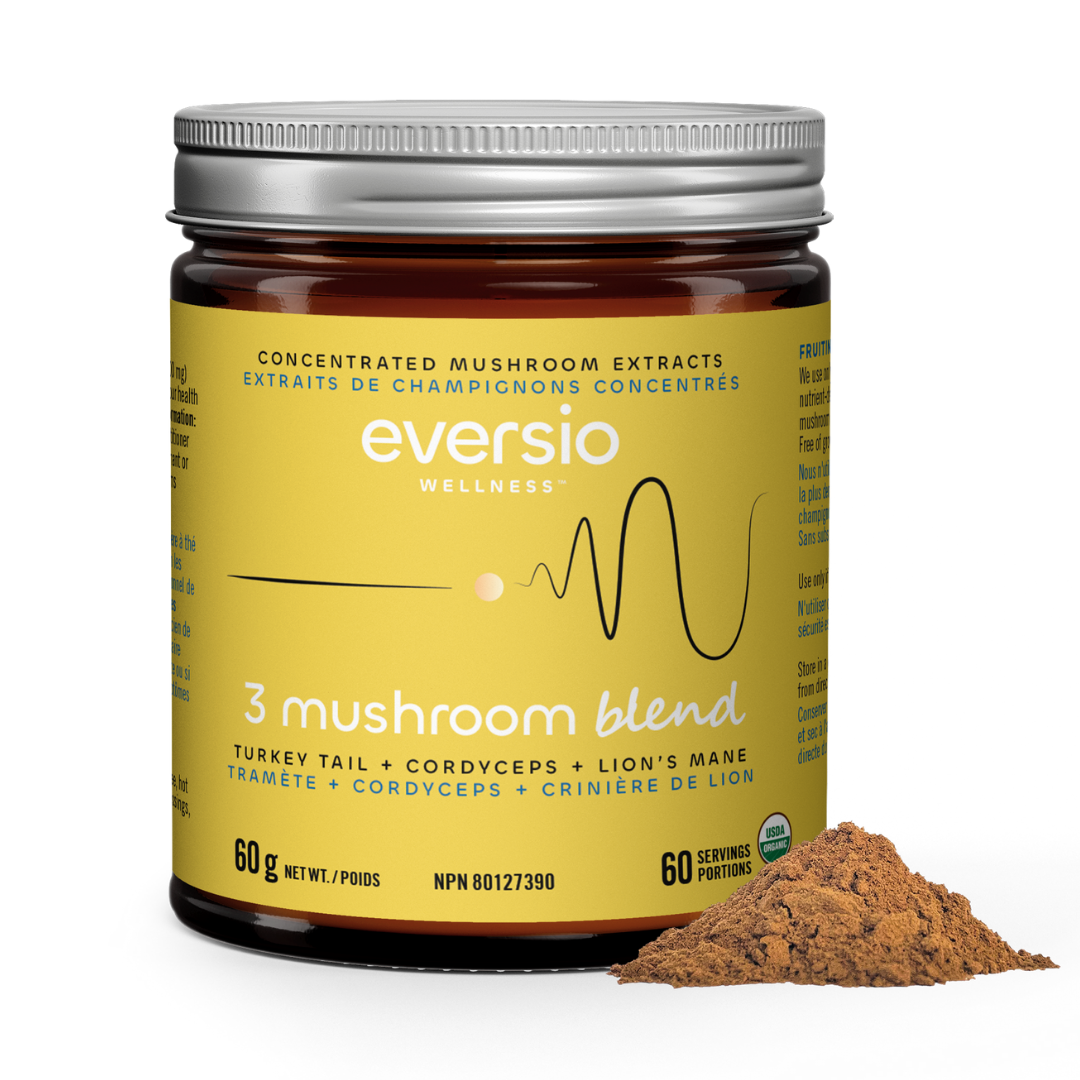
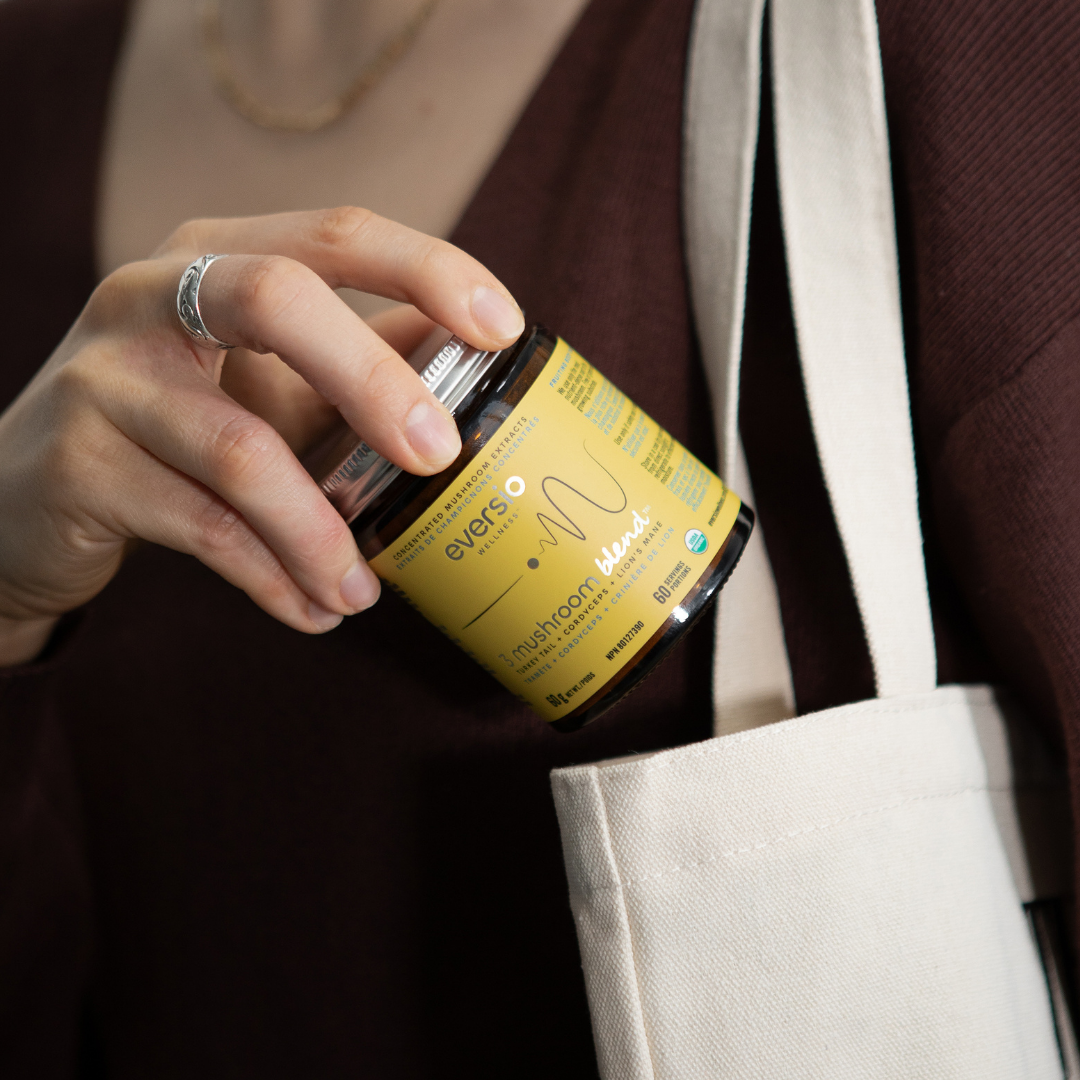
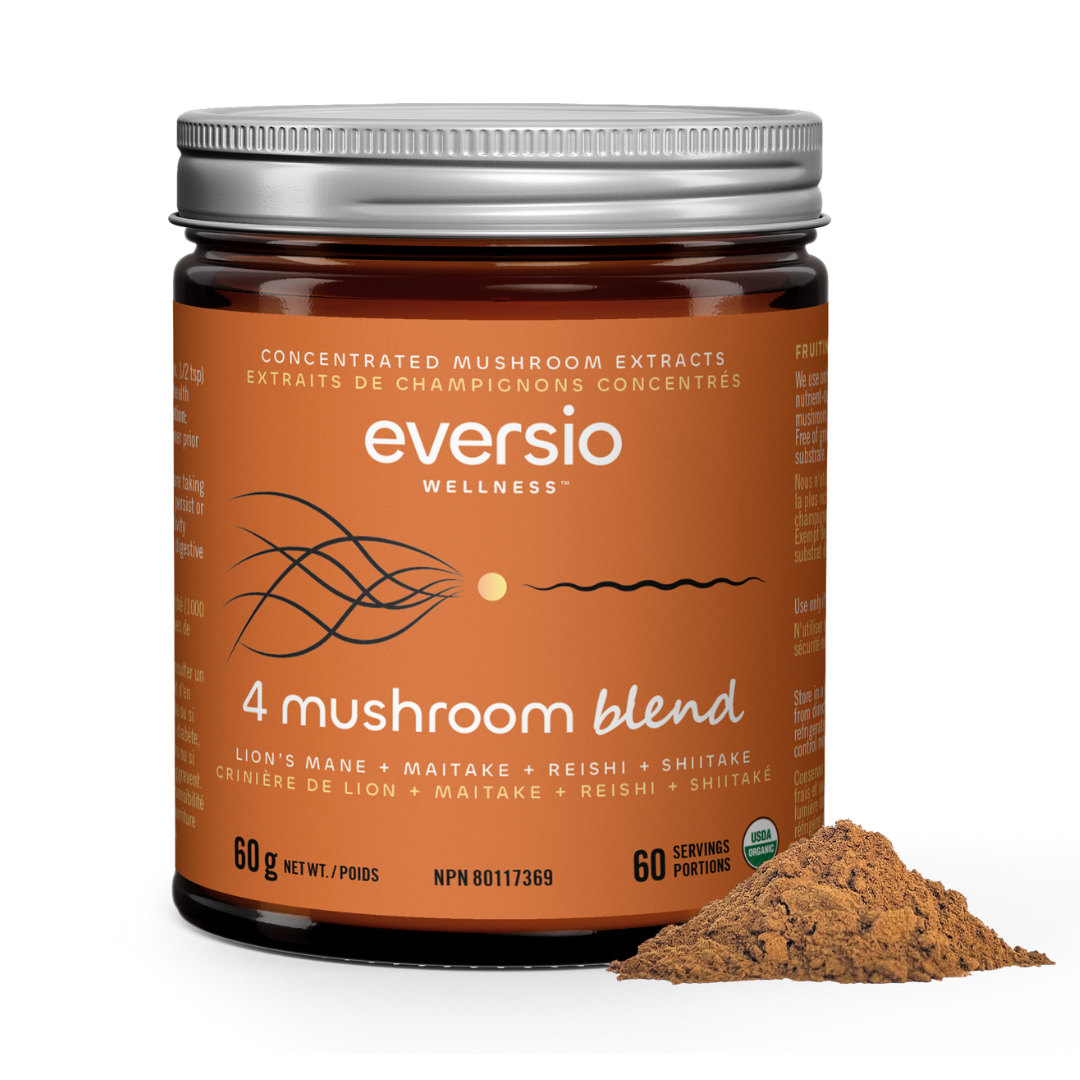
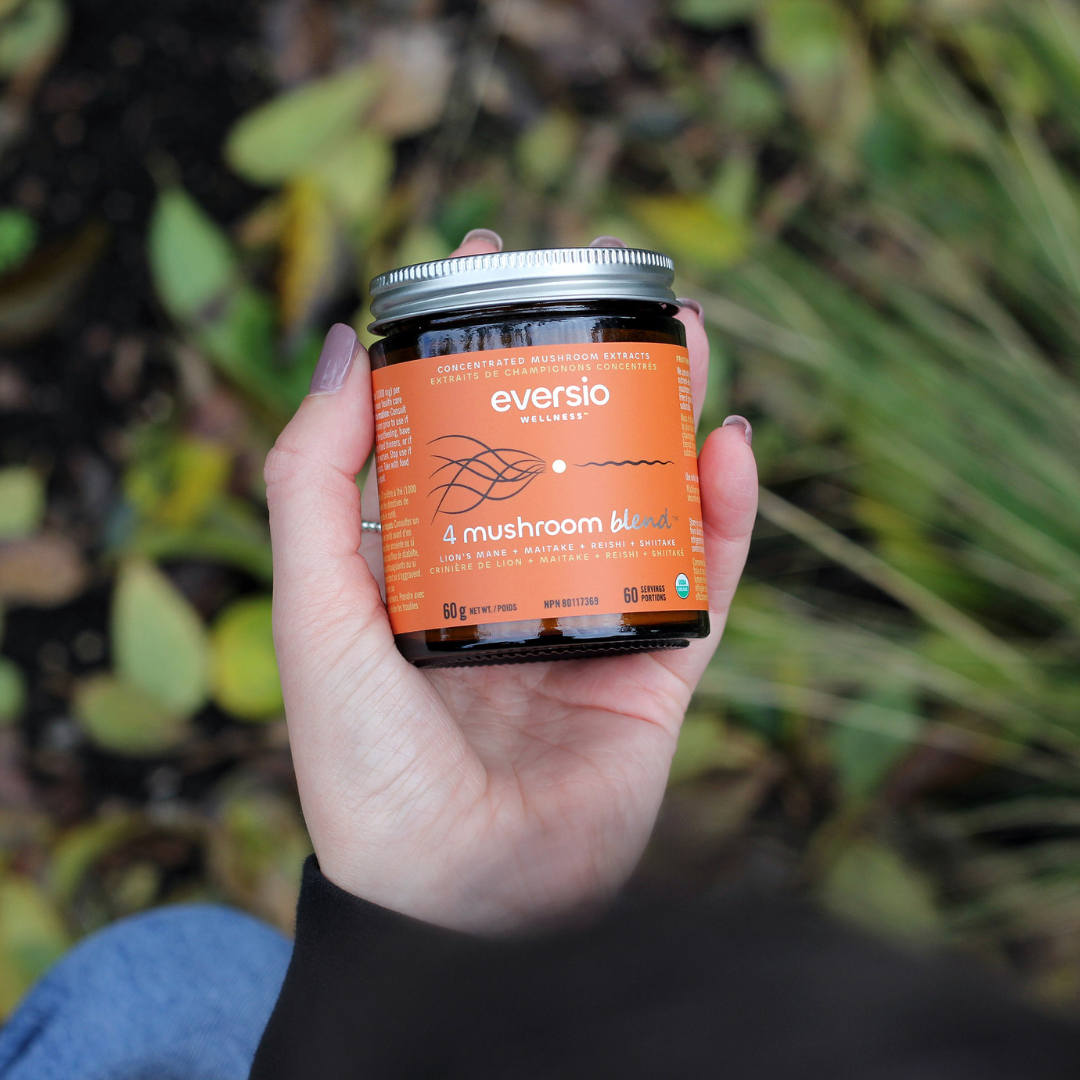
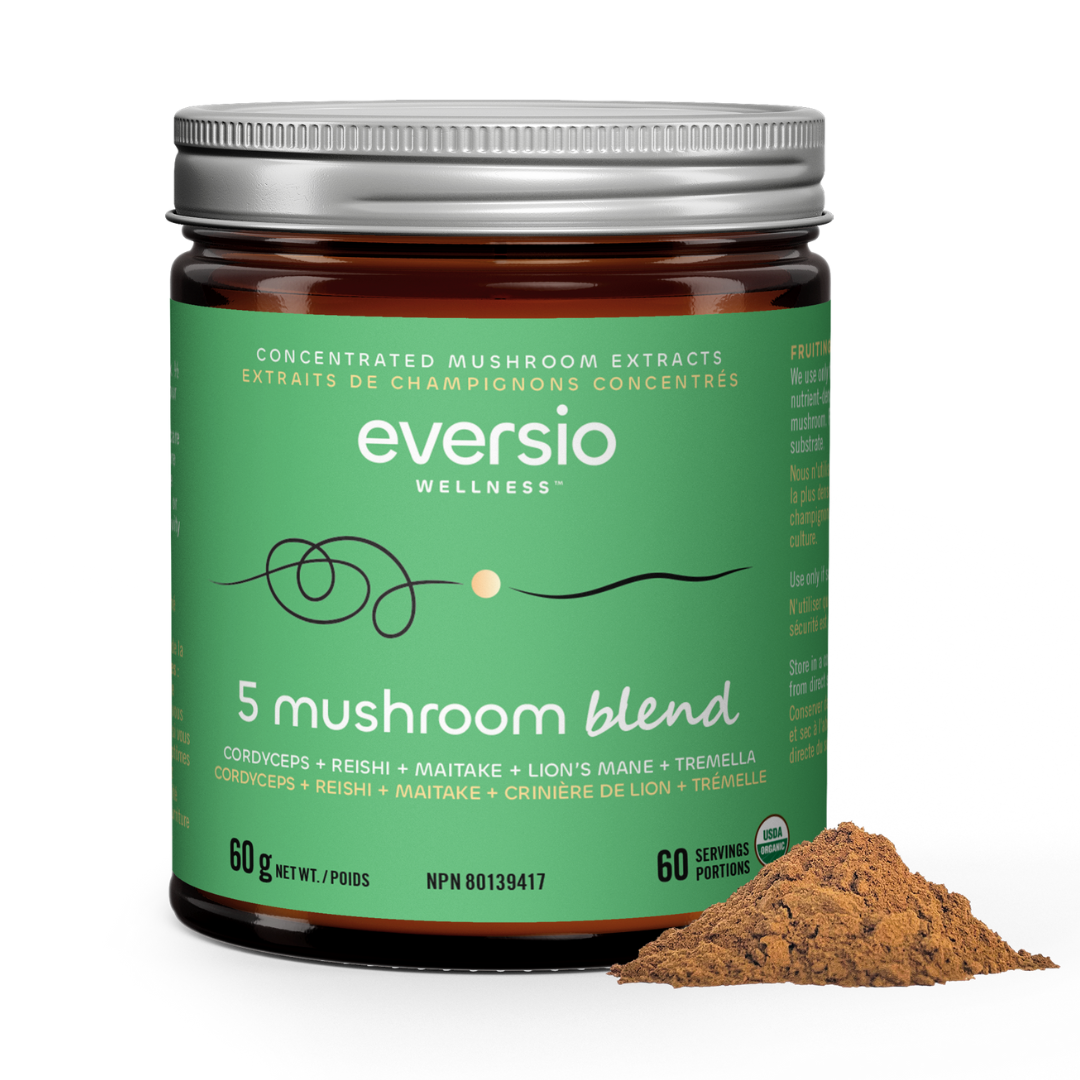

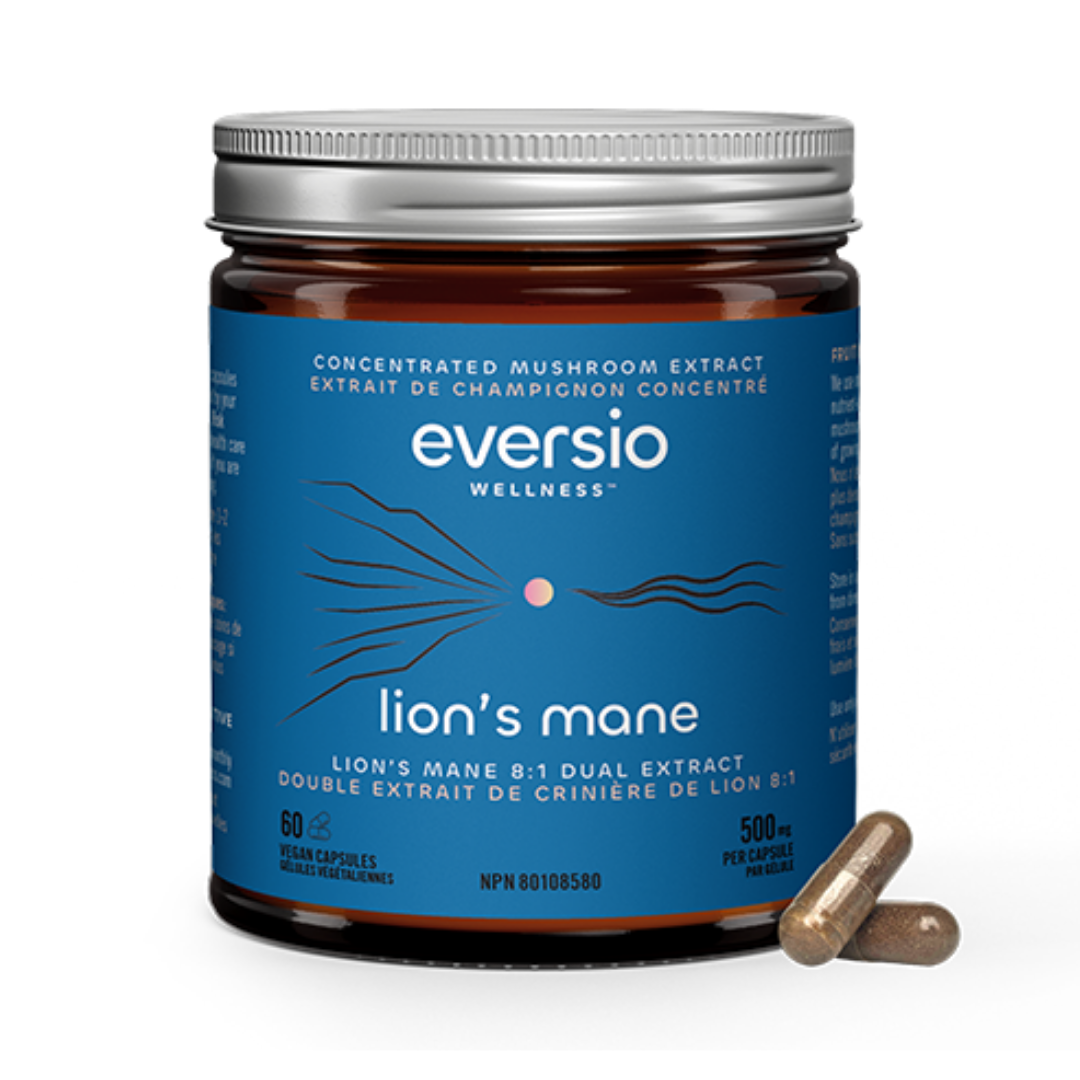











Leave a comment
All comments are moderated before being published.
This site is protected by hCaptcha and the hCaptcha Privacy Policy and Terms of Service apply.